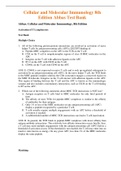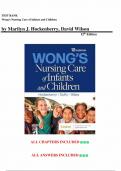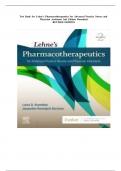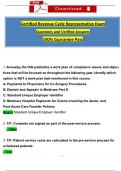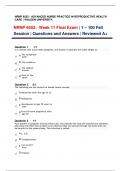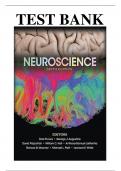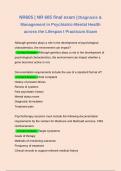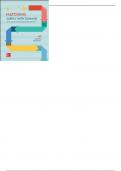Exam (elaborations)
Test Bank for Cellular and Molecular Immunology 8th Edition Abbas / All Chapters 1-20 / Full Complete
- Course
- Institution
- Book
Test Bank for Cellular and Molecular Immunology 8th Edition Abbas / All Chapters 1-20 / Full Complete
[Show more]
